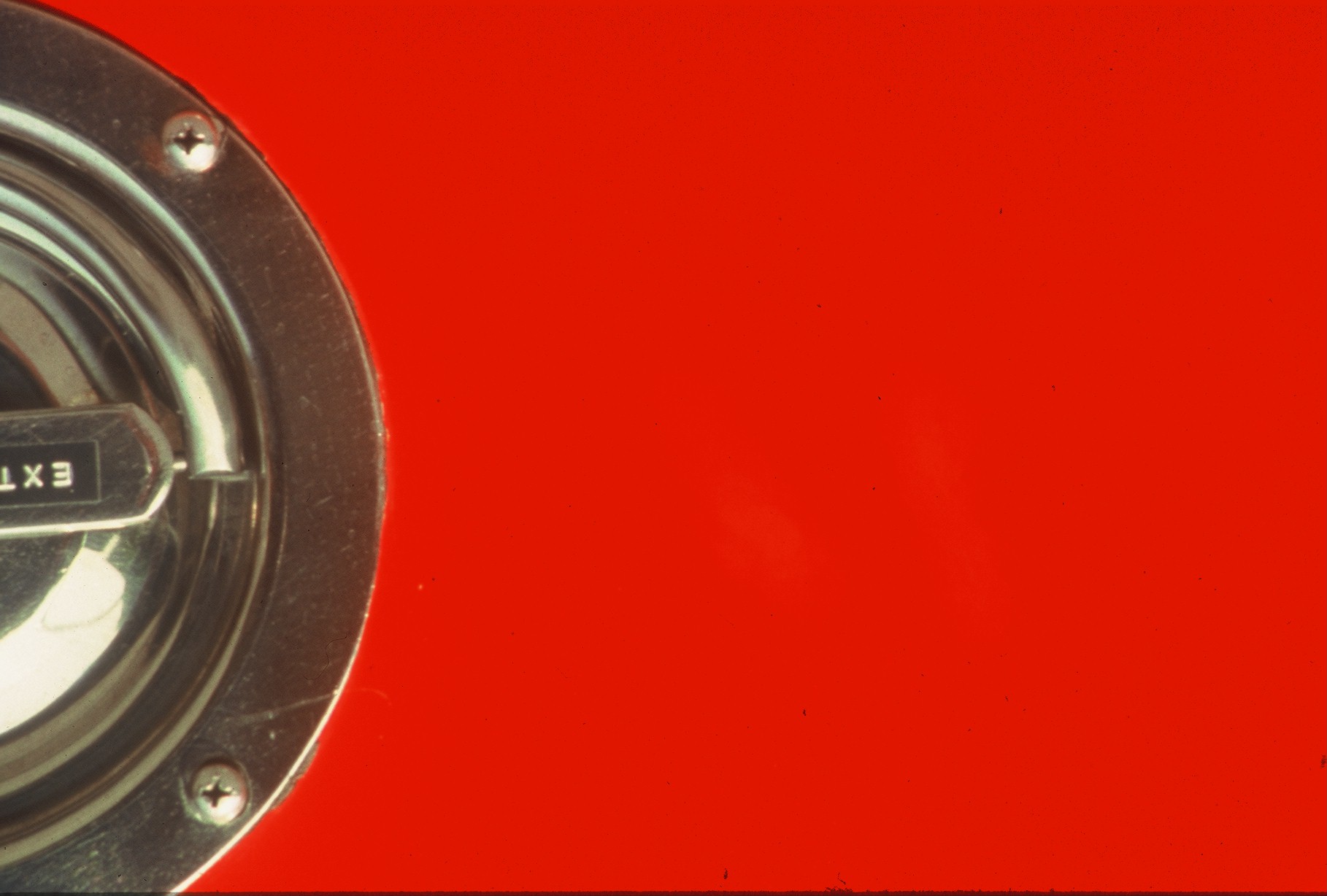The mind-set of covid- 19 tends to be the mind-set of suffering in various ways and degrees: from the actual contracting of the disease and its consequences for oneself and others to the degrees of fear and anxiety at personal and social registers: concerns about health, finances and what the future may hold. Conversely these very challenges , difficulties and fears are intensified conditions for the manifest of noble qualities of courage and perseverance.
Contemplative practice is in large measure an engagement of harmonization and enriching presence. It works to harmonize the distinction between the perceiver and the perceived. In speaking of contemplative mind we prefer the word harmony rather than “ peace”. The word “peace” can suggest a substantive state of mind – tranquil and free of struggle – that is somehow separate and special. The orientation to “free of struggle” is accurate but the notion of “ another state of mind” can be misleading. For the contemplatives the distinction is between struggle and harmonization which more fundamentally is based on the dualism or non-dualism of the perceiver and perceived. This distinction is very subtle : there cannot be the distinction between dualism and non-dualism since that itself would be a dualistic distinction. It is not a matter of dissolve to some kind of Whole. It is as the Zen’s say “not-two”. A harmonization and intimacy.
Since my main contemplative practice is Nalanda Miksang photography I present experience and insights from that discipline. Miksang is a Tibetan word that translates as “ Good Eye”. It is a contemplative engagement of the Eye that connects with what the Shambhala teachings present as “ Basic Goodness”: a primordial and sustaining harmony.

We work through the medium of the eye and the visual. What’s the visual? It could be said that it is everything we see. However everything is a vast and endless subject matter and also contains the presupposition of “things”. So we ask: does the visual have forms? ( is it composed of elements) . This turns out to be the case: what we see – the visual – has features of color ( we include black/white) and light. Also surface: our seeing always “stops “ somewhere – we do not have x-ray vision. There is the element of space. Also we do not see “ in general”. ( although it might seem that way since we put it together quickly) We always see something. Or more precisely seeing is a perception: the formation of a figure on a background.
Here we enter the way of seeing: how seeing issues. It issues through these phenomenal forms of perception. Here we move from the orientation to the “ thing” world to that of the phenomenal world. The phenomenal world is how the world appears or manifests. In visual terms the way the world looks. This manifestation is always changing: it is fresh and free. The contemplative way engages this phenomenal manifestation and thus is fresh and free. This is the contemplative mind.
“Fire engine Red not a red fire engine”

For example in Nalanda Miksang the first exploration assignment is color as color. Pure phenomenal color as color. Not a colorful thing. Nalanda Miksang has a slogan for this assignment : “fire engine Red not a Red fire engine”. Through the practice one comes to engage color as color: red. This engagement of the perceived – red – includes the engagement of the perceiver: the mind of red.
The color red neither registers nor is affected by the covid-19 virus. The contemplative mind engages this register of the color red. There is a reality register and way of being that is free of these covid -19 concerns and all such concerns.
The more one attends to color – or any phenomenal manifestation – the more one is not attending to other aspects of mind – especially discursive and interpretative mind. More and more ones attention is gathered – harmonized – through the seeing of the phenomenal world. The eye freefalls through the phenomenal world.

With this intention and synchronization other aspects of mind – discursive mind, conceptual mind, interpretative mind – are in effect “ put on hold” like a “pause button”. They are just not in play.
Instead one experiences the qualities of harmonized or contemplative mind. One is calm and cool and clear; at ease but very alert. There is a suspended free floating quality of being sustained with a delicate effort of attention – like walking on water or air. There is a bubbling cheerfulness and quiet joy. There is a sustained stillness and a space of stillness. There is a vivid clarity and through that clarity the phenomenal world is tremendously enriched: the reds are redder.
This is the surface of the contemplative mind. This surface has a depth that is depthless. That would require another essay but the teachings from the ancient Chinese contemplative artists call it “ Quiet Mystery”.
This article was originally published in the Shambhala Times on November 26,2020